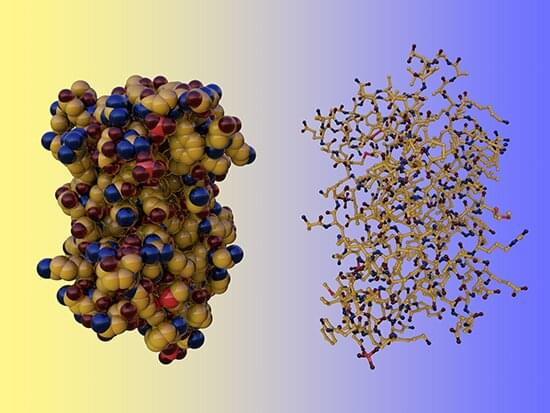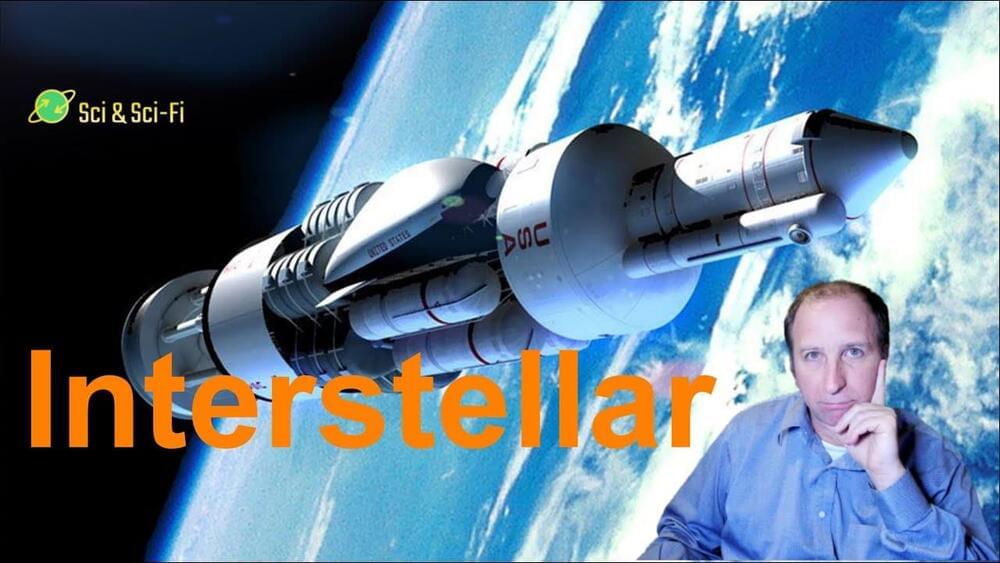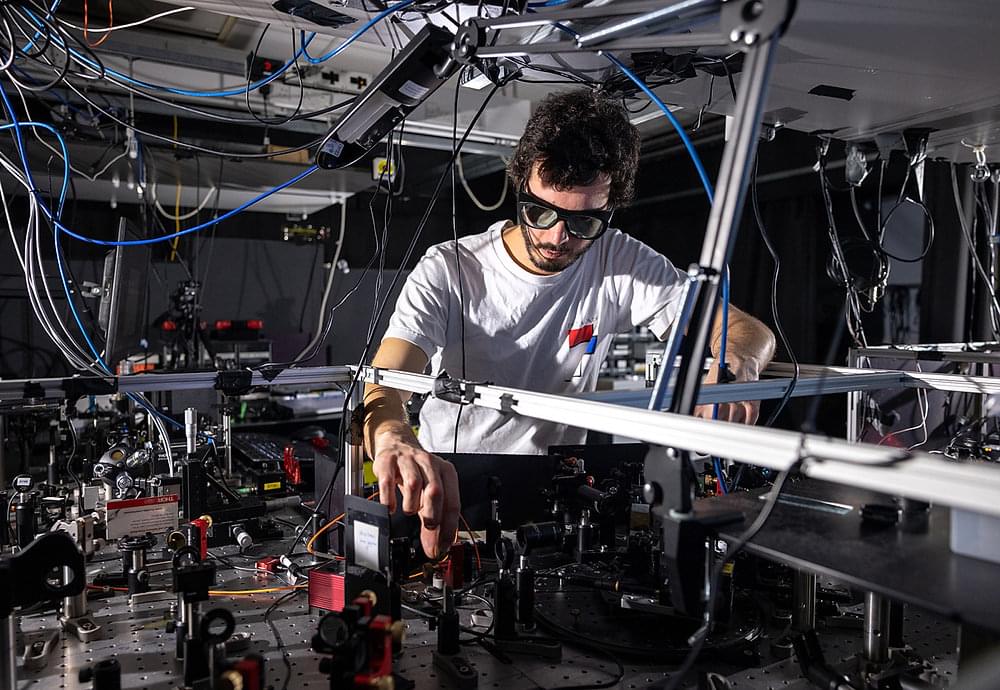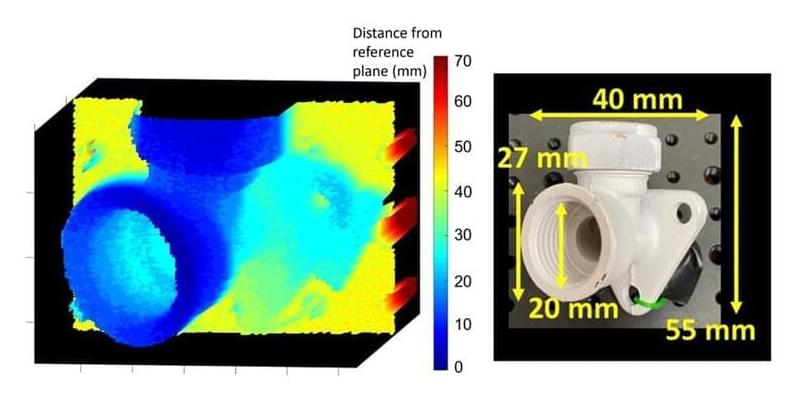Google is using its enormous Chrome browser testing base to help examine the prospect of continuing the security of the digital age into the uncertainty of the quantum one.
Proteins are made from chains of amino acids that fold into three-dimensional shapes, which in turn dictate protein function. Those shapes evolved over billions of years and are varied and complex, but also limited in number. With a better understanding of how existing proteins fold, researchers have begun to design folding patterns not produced in nature.
But a major challenge, says Kim, has been to imagine folds that are both possible and functional. “It’s been very hard to predict which folds will be real and work in a protein structure,” says Kim, who is also a professor in the departments of molecular genetics and computer science at U of T. “By combining biophysics-based representations of protein structure with diffusion methods from the image generation space, we can begin to address this problem.”
The new system, which the researchers call ProteinSGM, draws from a large set of image-like representations of existing proteins that encode their structure accurately. The researchers feed these images into a generative diffusion model, which gradually adds noise until each image becomes all noise. The model tracks how the images become noisier and then runs the process in reverse, learning how to transform random pixels into clear images that correspond to fully novel proteins.
In a study of 17 people from five families, Johns Hopkins Medicine researchers say they found that ultra-lengthy DNA endcaps called telomeres fail to provide the longevity presumed for such people. Instead, people with long telomeres tend to develop a range of benign and cancerous tumors, as well as the age-related blood condition clonal hematopoiesis.
Reporting in the May 4 issue of the New England Journal of Medicine, the Johns Hopkins researchers say clonal hematopoiesis is common among this long-telomere group, and the blood condition combined with long telomeres may help mutations stick around longer in blood cells.
“Our findings challenge the idea that long telomeres protect against aging,” says Mary Armanios, M.D., professor of oncology at the Johns Hopkins Kimmel Cancer Center, and professor of genetic medicine, molecular biology and genetics, and pathology at the Johns Hopkins University School of Medicine. “Rather than long telomeres protecting against aging, long telomeres allowed cells with mutations that arise with aging to be more durable.”
The immune system has a biological telecommunications system—small proteins known as interleukins that send signals among the leukocyte white blood cells to control their defense against infections or nascent cancer. Interleukin-6, or IL-6, is one of these key mediators of inflammation, and it can, as needed, provoke the immune system into attack against pathogens.
However, imbalances of IL-6—too much or too little—can cause disease, even in the absence of infection. Excess IL-6 is central to the pathogenesis of inflammatory reactions like rheumatoid disease and cytokine storms, while mutations that interrupt IL-6 signaling are also harmful, causing allergic disorders known as atopy that affect the skin, airways or body, including atopic dermatitis, allergic airway inflammation and hyper-IgE Syndrome, or HIES.
Loss of IL-6 signaling was known to cause an increase in inflammatory T helper 2, or Th2, cells. T helper cells act like generals, ordering other immune cells into action. Now, an unrecognized mechanism of how interrupted IL-6 signaling creates Th2 bias, as well as the specific role of IL-6 signaling in that process, has been described by Beatriz Léon, Ph.D., and colleagues at the University of Alabama at Birmingham. Their study is published in Cellular & Molecular Immunology.
Will it ever be possible for us, humans, to travel to another star system?
This video was inspired by a debate that took place on an article I wrote on that same topic.
Some peole argue the distance is just to far, therefore it will be imossible.
I this video I list some near-future technologies, something we can build within the next 200 years gven what we know today, and reach another star system.
#interstellar #starship #startrek #space.
Article on Quora where the debate took place:
Will we as humans even reach another solar system in a billion years?
https://www.quora.com/Will-we-as-humans-even-reach-another-s…S-Friedman.
Links:
In Meta’s Q1 earnings call, CEO Mark Zuckerberg fights back against claims the company is abandoning the metaverse.
Physicists have achieved a significant milestone in the world of quantum physics by recreating the famous double-slit experiment in time.
Mathematicians have uncovered a universal explanatory framework that provides a “window into evolution.” This framework explains how molecules interact with each other in adapting to changing conditions while still maintaining tight control over essential properties that are crucial for survival.
According to Dr. Araujo from the QUT School of Mathematical Sciences, the research results provide a blueprint for the creation of signaling networks that are capable of adapting across all life forms and for the design of synthetic biological systems.
“Our study considers a process called robust perfect adaptation (RPA) whereby biological systems, from individual cells to entire organisms, maintain important molecules within narrow concentration ranges despite continually being bombarded with disturbances to the system,” Dr. Araujo said.
For the first time, researchers have demonstrated a prototype lidar system that uses quantum detection technology to acquire 3D images while submerged underwater. The high sensitivity of this system could allow it to capture detailed information even in extremely low-light conditions found underwater.
“This technology could be useful for a wide range of applications,” said research team member Aurora Maccarone, a Royal Academy of Engineering research fellow from Heriot-Watt University in the United Kingdom. “For example, it could be used to inspect underwater installations, such as underwater wind farm cables and the submerged structure of the turbines. Underwater lidar can also be used for monitoring or surveying submerged archaeology sites and for security and defense applications.”
Obtaining 3D images through ocean water can be challenging because it is light-limited, and any particles in the water will scatter light and distort the image. However, single-photon detection, which is a quantum-based technique, allows very high penetration and works even in low-light conditions.
The xenobot had been predicted to be a valuable tool in medicine and other fields. It is expected not only to help treat cancer but keep the aquatic bodies clean.
Ever imagined a world where we could utilize the power of a living cell to carry out certain functions? Just like we have robots that help in several aspects of our lives, some scientists in US universities have come up with a living robot known as the xenobot.
The xenobot had been predicted to be a valuable tool in medicine and other fields. In years to come, it wouldn’t only help treat cancer, but it would help keep the aquatic bodies clean.









